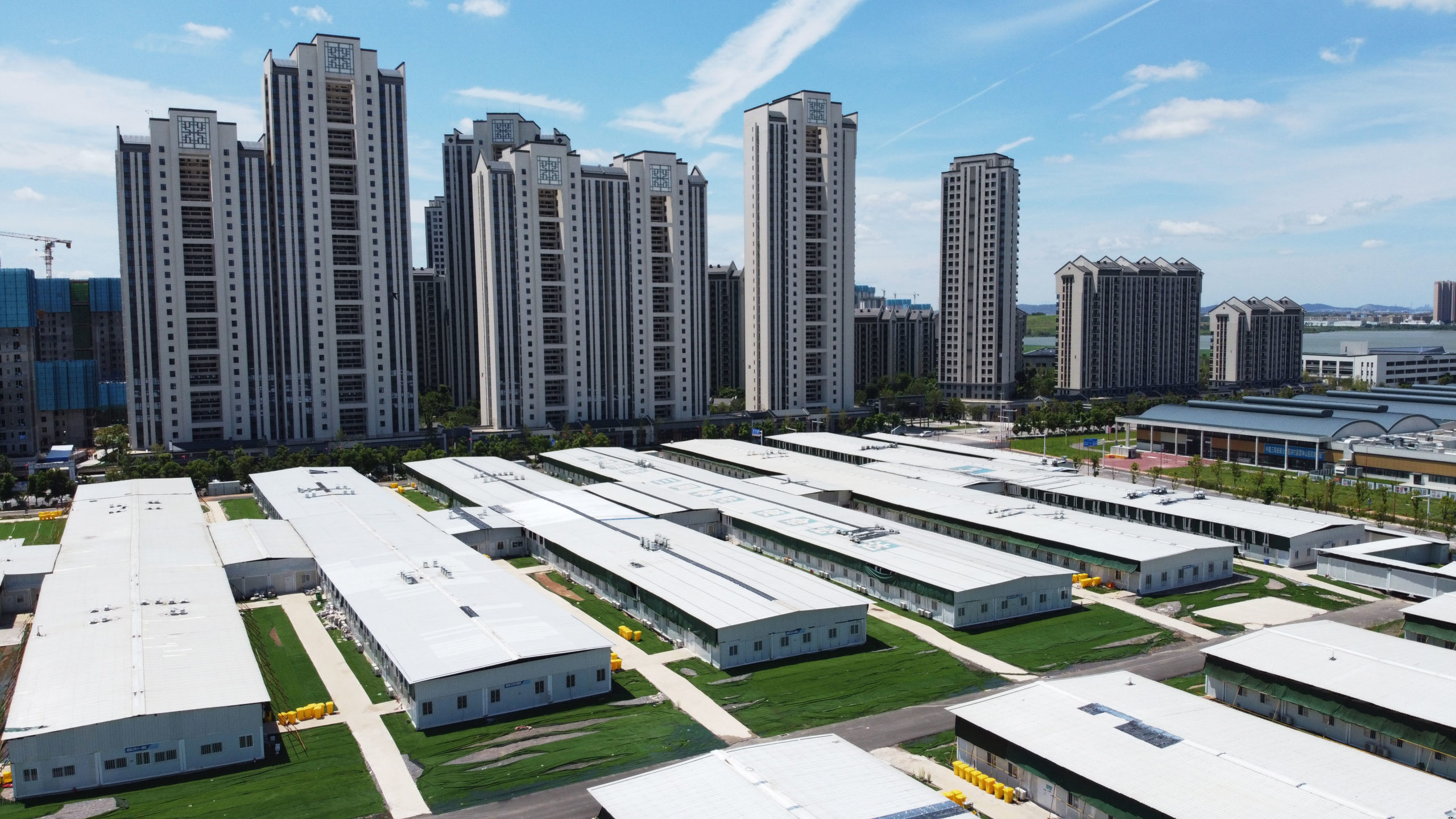The Chinese Center for Disease Control and Prevention (CDC) released a new study that shows that Wuhan – the home of the coronavirus outbreak – likely had 10 times more cases than were actually reported, according to CNN.
To estimate how many COVID-19 infections there were, the study focused on a sample of 34,000 people in Wuhan’s general population and other cities in Hubei province along with Beijing, Shanghai and the provinces of Guangdong, Jiangsu, Sichuan and Liaoning, according to the report.
Researchers tested blood serum samples from the group for coronavirus antibodies, with the Chinese CDC noting the study was conducted just a month after the nation “contained the first wave of the Covid-19 epidemic,” according to CNN.
Data showed that in Wuhan — which has approximately 11 million people — there was an antibody prevalence rate of 4.43% among residents, according to CNN. The Wuhan Municipal Health Commission had reported a total of 50,354 cases as of Sunday, according to CNN.
However, outside the province, antibodies were reportedly only detected in two people out of more than 12,000 surveyed. In other cities like Hubei, only 0.44% of those surveyed had antibodies, indicating infection rates in Wuhan were far higher than the official numbers suggest, according to CNN. (RELATED: REPORT: WHO Expected To Lead Team Investigating Chinese Origins Of Coronavirus)
The data is not a representation of how many people in the areas may have been exposed to the virus, nor did the Chinese CDC mention whether any academic journals have published the study, according to the report.
Senior Fellow for Global Health at the Council of Foreign Relations Yanzhong Huang said the data shows that underreporting was prevalent during the height of the outbreak, according to CNN.
China took ambitious measures to contain the virus, locking Wuhan down for more than two months during which time residents weren’t allowed to leave their homes and businesses were shut.

This photo taken on Aug. 6, 2020 shows an aerial view of the new Wuhan hospital that was built to care for patients affected by COVID-19 in Wuhan. (Photo by HECTOR RETAMAL/AFP via Getty Images)
Chinese authorities have jailed doctors and citizens who documented the outbreak, while Chinese authorities actively worked to censor messages about the outbreak early on. Cases also could have been underreported due to lack of testing and resources available, along with the fact that some individuals infected were asymptomatic and therefore did not know they had the virus, according to CNN.
Experts indicate it is not unusual for actual case counts to be underreported. The New York State Department of Health showed that by the end of March, the amount of coronavirus cases in adults was actually 10 times higher than the official count, CNN reported. Meanwhile, an August study showed coronavirus antibodies were found in more than 27% of the 1.5 million New York City residents tested, according to CNN.












